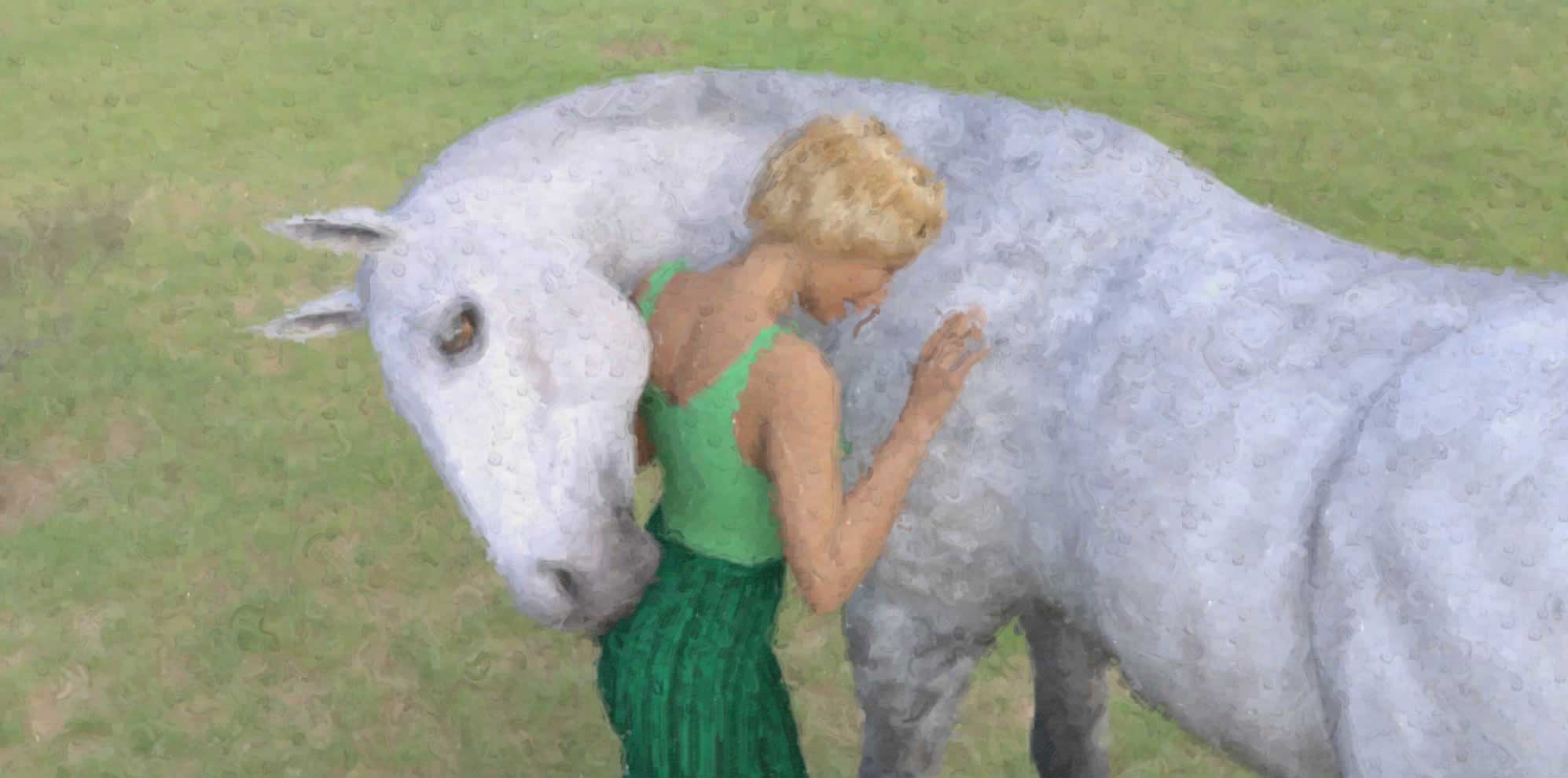What Is The colour Wheel Theory?
Are you ready to take your design work or painting to the next level? The colour Wheel Theory is a great way to help you understand the basics of colour combinations and this comprehensive guide will take you through the basics and show you how to use it in your design work. You'll learn how to select harmonious colours, how to create a colour palette, and how to apply the theory to your own work.
With this guide, you'll be equipped to create stunning designs that will capture the attention of your audience. Whether you're a beginner or a seasoned professional, this guide will give you the insight and knowledge you need to create beautiful designs or paintings that will stand out from the crowd.
The Three Primary colours
When studying the colour Wheel Theory, we'll start with the three primary colours. Primary colours, as the name suggests, are the basic colours that cannot be created by mixing other colours. They are the building blocks of all other colours. Every colour we see in the world is derived from one of these three primary colours. Different cultures have different names for the primary colours, but the most common names for the primary colours are red, blue, and yellow. The primary colours exist as a circle on the colour wheel, with red at the top, blue in the middle, and yellow at the bottom.
The Three Secondary colours
The three secondary colours are created by mixing two of the three primary colours together. Like the primary colours, these colours are also located on the colour wheel. They are the green created by mixing blue and yellow, the orange created by mixing red and yellow, and the violet created by mixing blue and red.
The secondary colours exist on the wheel between the primary colours and the tertiary colours; in other words the sections where the secondary colours are located are the blue section, the yellow section, and the red section.
The Six Tertiary colours
The six tertiary colours are created when you mix a primary and secondary colour together. For example, violet is created when you mix blue and purple, and teal is created when you mix blue and green.
Depending on which two colours you choose, the intensity of the tertiary colour can be stronger or weaker. For example, a stronger tertiary colour like teal can be used for a bold design, but a weaker tertiary like turquoise can be used for a more subtle design. They're also great for creating a harmonious colour combination.
When you put two or more of these colours together, they create a pleasing, balanced colour scheme that is relaxing and easy on the eyes.
Colour Harmonies
Colour harmonies are colour combinations that have a balanced and pleasing aesthetic. The colour wheel can provide the tools for choosing harmonious colours for your designs.
There are three types of colour harmonies: analogous, complementary, and monochromatic. Let's go over each of these colour harmonies in detail so you can select the perfect colour combination for your next design work.
- An analogous colour harmony uses a combination of two or three colours that are next to each other on the colour wheel. An analogous colour harmony can be both warm and cool depending on which colours you choose.
- A complementary colour harmony is created by choosing two colours that are opposite each other on the colour wheel.
- A monochromatic harmony is created by using different tones and shades of one colour.
How to Create a colour Palette
A colour palette is a collection of colours that you select for your design work. Creating one is an essential part of the design process.
It can be challenging to select the right colours to use in your work, but the colour wheel can guide you through the process and The colour Wheel Theory can help you create a colour palette that is balanced and pleasing to the eye.
If you want to create a colour palette, first decide what kind of colour harmony you want to use. Once you've decided on the colour harmony, you can select the appropriate colours.
Here is a quick guide to help you create a colour palette:
- Start with your dominant colour - This will be the primary colour or the main colour used in your palette.
- Select your secondary and tertiary colours - These will be used to create variations within the overall palette.
- Select your neutral colours - These will be used to support the rest of the palette.
- Include a colour that creates contrast - This colour will be used for accents and to provide visual interest.
How to Use the colour Wheel Theory in Your Design Work
The colour Wheel Theory can be used in a variety of ways when designing your work. You can use it to select appropriate and harmonious colours for your palette. You can use it to create a design plan for your layout and for placing your graphics and images. The theory can be applied in other areas of your design work, such as your marketing materials and branding. It can even be used in your colour selection when creating content.
The colour Wheel Theory can be used to create visually appealing designs that will capture the attention of your audience.
The Impact of colour on Design
The colour wheel theory is an important part of understanding colour. It can help you understand the impact of colour in design and how certain colour combinations can be more effective than others. This can help you create designs that stand out from the crowd and grab the attention of your intended audience.
If you want your designs to be successful, it's important to understand how colour can impact your work. By understanding the colour Wheel Theory, you'll be able to create designs that will be visually appealing and impactful.
Now that you know how to select harmonious colours and create a colour palette, it's important to understand how the impact of colour on design. You've probably heard the saying, "Blue is a calming colour. Purple is a bold colour." But how do you know which colour is best for your design work? Most people think that they can use any colour they want, but that's not the case. The colour you select and use in your designs will greatly impact your audience's reaction to the design. For example, red is a bold and attention-grabbing colour, which means it's perfect for headlines and logos. Blue, on the other hand, is a calming colour that's most commonly used in website designs and advertisements because it's not as attention-grabbing as red.
Examples of How to Use the colour Wheel Theory
Now that you know how to select harmonious colours and create a colour palette, it's time to put what you've learned into practice, so let's look at two examples of how to use the colour Wheel Theory in your design work.
Example #1 - Creating a Website Design Blue and purple are two colours commonly used in website designs. Blue is a cool and calming colour, so it's perfect for designing the homepage or any other page that you want your visitors to feel relaxed and comfortable on. Blue is also a great colour for creating a minimalist design. If you want a clean and modern design, blue is a colour you can use to achieve that look.
On the other hand, purple is a bold and attention-grabbing colour that's commonly used in website designs for marketing pages and e-commerce websites. This colour is the perfect choice for creating a design that stands out from the crowd, especially if you're trying to get your product noticed and sold.
Example #2 - Creating a Brand Design If you're designing a brand logo or creating marketing materials, you're going to want to use warm colours in your design work. The trick is to use a variety of warm colours because if you just use red, orange, and yellow, your design will look garish and clash with itself. You'll want to create a harmonious colour combination with a combination of warm colours.
Conclusion
The colour Wheel Theory is an important part of understanding colour. It can help you create visually appealing designs that are attention-grabbing and impactful and it can be applied in a variety of ways to help you create stunning design work. The colour Wheel Theory can be applied in a variety of ways to help you create stunning design work and by understanding it you'll be able to create designs that will be visually appealing and impactful.


